What are the characteristics of sun-tanned coffee beans? introduction to the characteristics of Sidama Sidama
Essel's coffee is mainly floral and sour, with a clear and bright flavor, which makes people feel that they are drinking a cup of fruit tea. The taste of Huakui coffee is even more sweet and fruity, and the sweetness of honey reverberates in the mouth, as if taking you into the fruit world of Hainan.
Ethiopia has two particularly famous coffee producing areas, both of which are boutique coffee producing areas. One is Yejia Xuefei, whose water-washed Yega Chuefei coffee is the representative coffee of Ethiopia, and it is also the entry bean for everyone to enter the boutique coffee; the other is Sidamo, which is mainly sun-treated, and Sidamo Fakui Coffee is the most famous representative coffee.
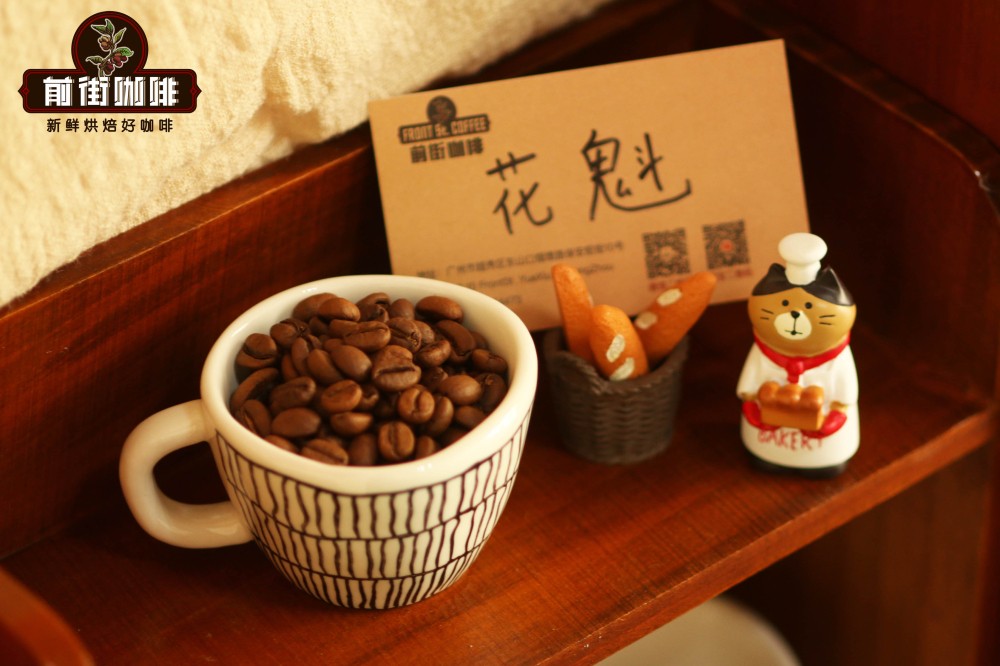
Ethiopia is the birthplace of coffee, but the flavor of each producing area is still different because of the relationship of micro-elements. in order to let everyone taste the coffee flavor of each producing area of Ethiopia, there are more than a dozen individual products of coffee from Ethiopia on the front street, which are both insolated and washed.
The origin of the name of Huakui coffee
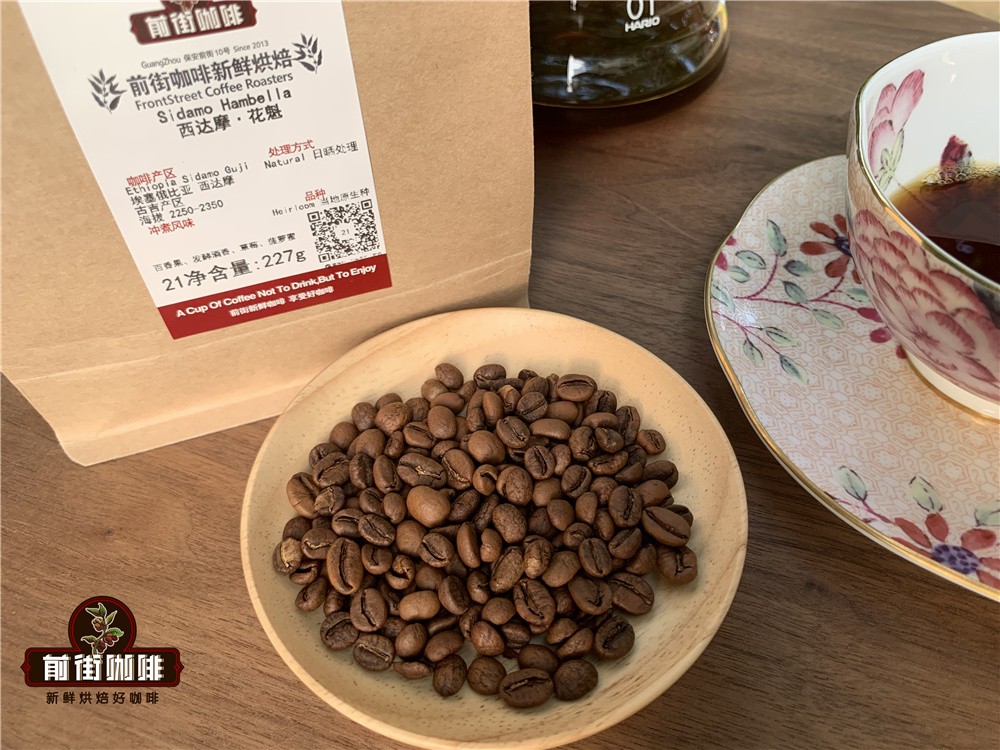
In 2017, Ethiopia's DW Raw Bean Company sent their coffee beans to TOH (the Taste Of Harvest), a competition hosted by the African Coffee Association, and the tanning batch won the TOH Ethiopia championship. This batch of raw beans, in the capacity of the champion, is named "Sakuran". Hongshun, a raw bean company in Beijing, China, has introduced Sakuran Coffee to China and named it "Huakui". There are many friends who mistakenly regard any coffee beans produced by Humbela as Sakuran coffee beans, but they are not. Only the sun-tanned coffee beans produced by Buku Abel Manor are Sakui coffee beans, and for this reason, Buku Abel is also known as "Sakui Manor". This bean is the literal translation of Humbela in English. This Huakui coffee comes from the Gigi producing area of Sidamo.
Sidamo
As one of the boutique coffee producing areas in Ethiopia, the Sidamo Coffee producing area is bordered by Yega Xuefei, another boutique coffee producing area. Sidamo is not only a coffee producing area, but also represents a coffee brand. In 2006, Starbucks applied for a trademark for the name Sidamo, which caused dissatisfaction in the Ethiopian coffee industry and fought back. The trademark dispute lasted two years, and the two sides shook hands when Starbucks withdrew its trademark application. Starbucks continues to purchase and sell Sidamo coffee beans in a cooperative manner.
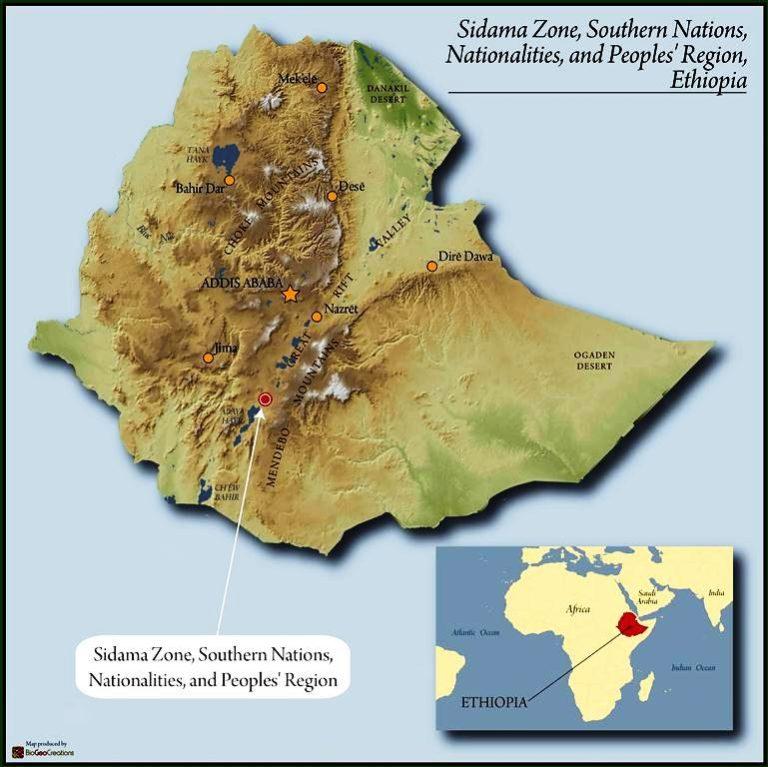
The Sidamo region is located in the south of Ethiopia, extending to the districts of Arsi and Bale in the east and Gamogofa in the west. Sidamo coffee is cultivated at the altitude of 1400m-2000m. The coffee flavor produced in Sidamo coffee producing area is very diversified, because different regions have different soil composition, regional microclimate and countless native coffee varieties, which makes the coffee produced in each region have obvious differences and characteristics. According to the administrative division of Ethiopia, it can be divided into four levels: Region, Zone, Woreda and Kebele, which are equivalent to the provinces, cities, districts and streets of China.
Xidamo Guji producing area
Coffee is also a kind of crops, and the change of flavor has a lot to do with the climate and environment. The coffee flavor of Sidamo is very diverse, and the different soil types, microclimate and countless native coffee species make the coffee produced in each town have obvious differences and characteristics. The Guji production area once belonged to the Sidamo production area, but it has been independent into a new production area by the Ethiopian Commodity Exchange (ECX) in 2010. The Guji producing area, located in the southeast of Yejasuffi, is an area with complex topographical changes such as towering mountains, valleys and plains. The geology of this area belongs to the nutrient-rich black soil (Vertisol), the depth of the soil is nearly two meters, and the average elevation is more than 1800 meters. The significant temperature difference between day and night created by geographical characteristics makes the local area have various local conditions for producing high-quality coffee.
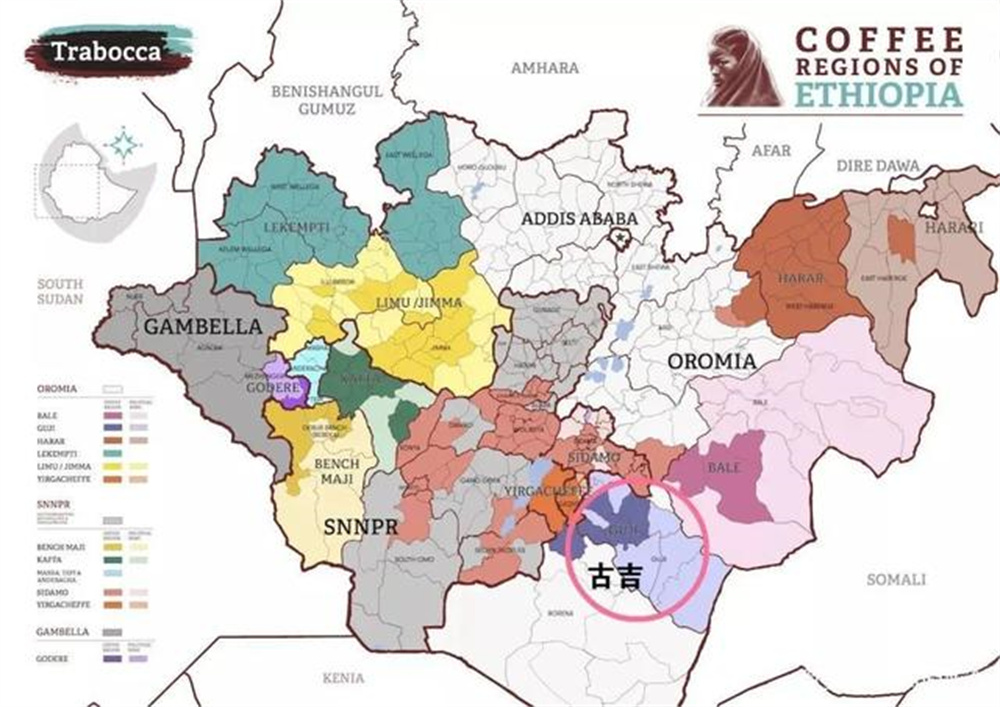
Humbela.
The west of Humbera Hambella is across the mountain from Kochore, and the east and south are connected with other sub-areas of Shakiso, Uraga and Kercha in Guji. In the Humbera Mountains, the villagers live in the mountains 2000 meters above sea level, which is the highest coffee-producing area in Ethiopia (Harrar is the highest main producing area in Ethiopia), with no roads, no electricity, and government-supported faucets at the entrance of the village are the only source of drinking water for the whole village. Despite the lack of living conditions, Hambela farmers still take good care of every Sakuran coffee bean. At present, there are about 20 processing plants of various sizes in Humbera production area. The coffee beans that make Guji famous come from the Buku processing plant. Buku processing plant Buku processing plant is located in buku abel village, which is 2200 meters above sea level. From the beginning of cultivation, it has been chosen as a noble "family environment"-rich humus reddish brown soil, and given shade and care to "Enset" tree species, so that Sakui receives sufficient sunlight and produces rich flavor without consuming too much nutrients, thus retaining more essence in the inside of the coffee fruit.
Huakui coffee
As an agricultural product, the flavor of coffee varies from year to year, so Hongshun introduces coffee beans from Humbera's "Buku Abel" processing plant, that is, only the beans from Humbera's "Buku Abel" processing plant are called Huakui Coffee.
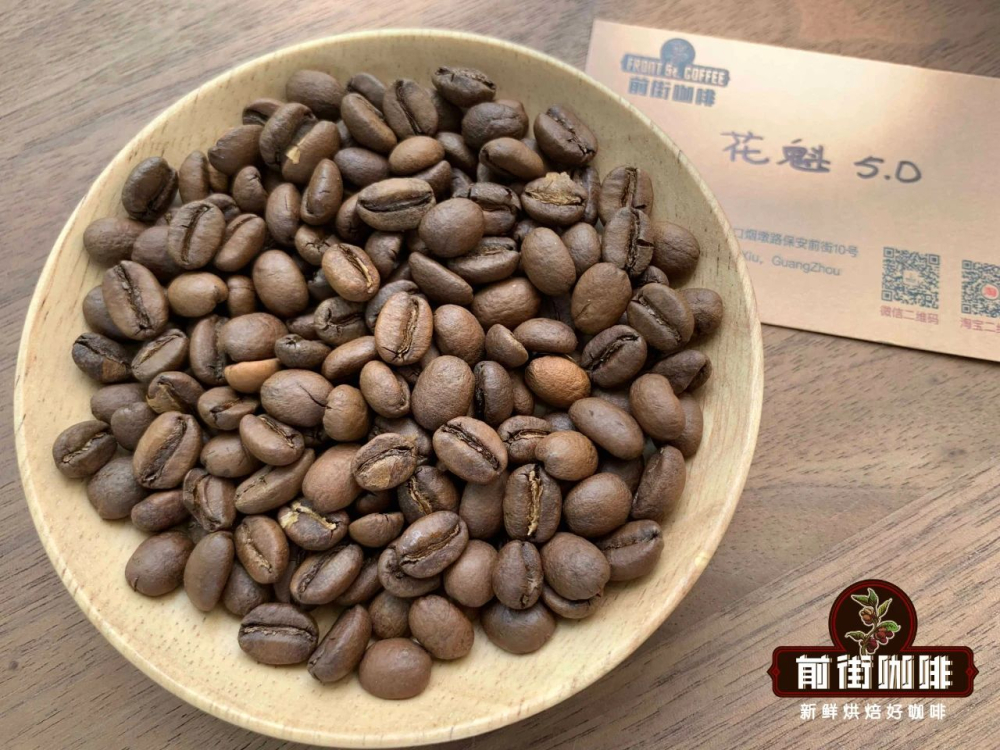
Huakui's 17-year TOH tanning group champion entered China and is more well known. Discovered and promoted by the founder of Beijing Hongshun, the founder of Beijing Hongshun created his own coffee brand LeBunna (Hongshun Coffee) in Ethiopia. Of course, it would be a pity if such a wonderful name were a flash in the pan, so Hongshun continued to introduce coffee beans from the "Buku Abel" processing plant in Humbera, and called them Sakui 2.0, Sakui 3.0, Sakui 3.1, Sakui 4.0, Sakui 5.0, Sakui 6.0 to distinguish the previous Sakui Coffee and represent different batches or seasons.
Huakui coffee variety
Ethiopia is a magical country. It is the origin of coffee beans grown in Arabica. The Kaffa forest is the beginning of all this, and Ethiopia is one of Africa's leading coffee producers. Ethiopia is the birthplace of Arabica coffee, there are thousands of natural coffee varieties, 99% of the coffee varieties can be found in Ethiopia. Because there are many varieties, it is difficult to identify and classify them, and the Ethiopian government is unwilling to disclose the information of these varieties because of the protection of natural coffee, so most of the coffee beans exported by Ethiopia are collectively called "Heirloom" native species.
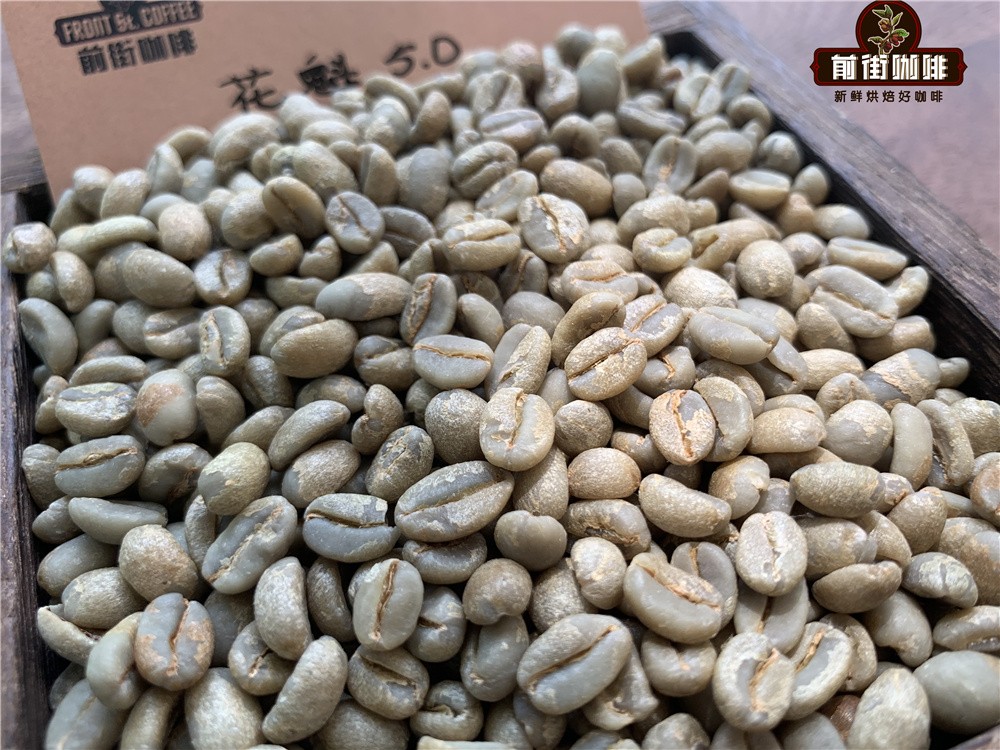
Sidamo coffee variety is also native to the local species, small granule species, the shape of the bean is smaller than Longberry, the bean body is smaller, the overall size will be a little larger than Yega Xuefei, mostly 15 orders.
The grade of Ethiopian coffee
Before the emergence of the Ethiopian Commodity Exchange (Ethiopia Commodity Exchange referred to as ECX), Ethiopia's coffee export grade was established by the CLU Department of the Ministry of Agriculture (Cupping and Liquoring Unit), which mainly graded coffee raw beans according to the number of defective beans in 300g, as shown in the table below.
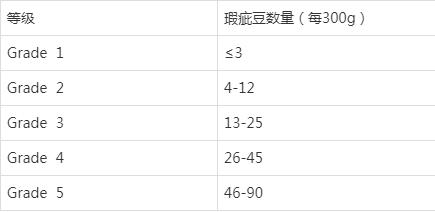
Huakui G1 sun drying beans, there are a lot of processes. There is one more screening in the selection of beans, and the standard of each screening is also the highest. G1 suntan is a light luxury boutique. Ethiopian coffee producing area Sidamo Sakuran sunburn G1 coffee, bean seed is the native species of Ethiopian coffee, planted at an altitude of 2200 to 2500 meters. The flavor has rose flowers and peach flavor, as well as black tea tail rhyme, Yu Yunjia.
Huakui coffee bean treatment method
The treatment of Yejiaxuefei coffee is the oldest method of sun treatment, but due to the fact that most of the early sun-dried coffee beans are dried on the flat ground, they are inevitably contaminated with miscellaneous smells such as soil flavor and dust, coupled with the lack of reasonable screening, the quality of sun-dried beans is average. In 1972, Ethiopia introduced Central and South American washing technology to improve the quality of coffee, which made the jasmine and citrus lemon aromas of Yega Xuefei clearer and brighter, making it one of the representatives of fine coffee in the world. The representative coffee washed in water is Yejia Chuefei coffee, and the representative coffee in the sun is Sidamo's Huakui coffee.

The sun drying method in the Sidamo producing area is very fastidious. Only ripe coffee fruits are picked during the coffee harvest period, and the picked coffee fruits are uniform in size, similar in maturity and free of other impurities. In the process of treatment, strict hand selection should be carried out to remove the defective beans, and then the coffee red fruit should be laid on a high wooden frame or the whole scaffolding to make the sun, so as to prevent the coffee fruit from mildew or soil during the drying process. In the process of exposure, it will constantly turn to ensure that the coffee beans can be evenly exposed to water; every three to five days, farmers will manually screen out the defective and moldy beans. Wait for the peel to dry and harden, and then use a sheller to remove the hard peel. After obtaining the raw coffee beans, the farmer will do one last screening in pursuit of the perfect taste.
Qianjie believes that the taste of washed coffee is clean and bright, while the rule of sun treatment is to add aroma and sweetness to the original flavor. Washing can better reflect the local flavor of coffee, so Qianjie will choose Ye Jia Xuefei as the representative of Ethiopian coffee.
Suggestion on brewing coffee in Qianjie
In order to fully extract the rich layered sense of Sakuran, the front street uses higher water temperature and finer grinding degree for extraction, but in order to avoid over-extraction caused by high temperature, faster flow rate filter cups such as V60 filter cups will be used. The V60 filter cup is in a 60 °cone shape, and the tapered angle allows the coffee powder to be distributed centrally, and when water is injected, the water can automatically converge to the center of the filter cup to ensure that the contact time between the water and the coffee powder is sufficient, so that the appropriate coffee liquid can be extracted. In addition, the ribs on the inside of the body of the V60 filter cup extend clockwise from the bottom to the top, so that there is enough space between the filter paper and the filter cup, so that the flow of water is good. Coupled with the large holes in the bottom, the flow velocity is relatively faster than that of many filter cups.
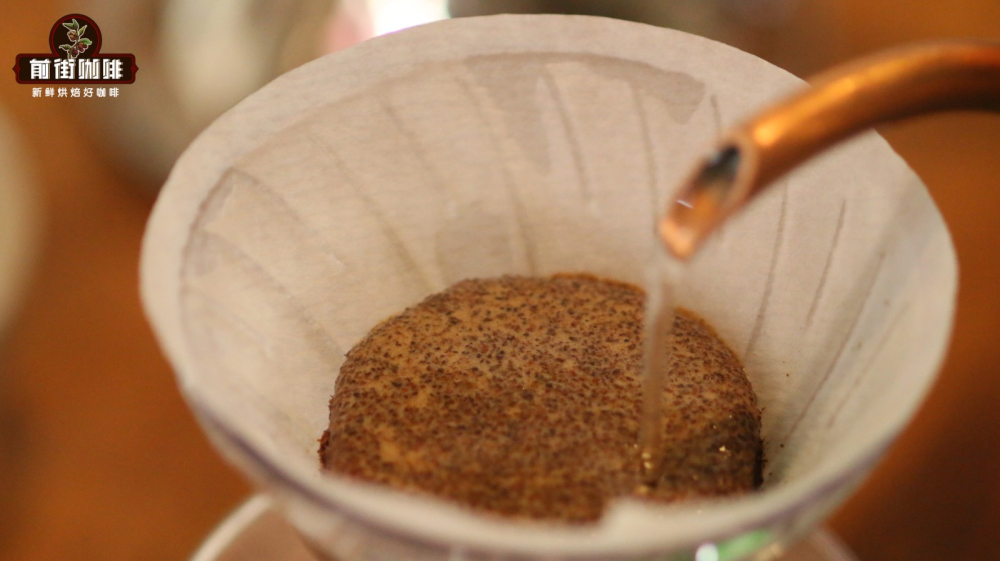
The specific cooking parameters used in Qianjie are: V60 filter cup, water temperature 90 ℃, water powder ratio 1:15, powder quantity 15g, medium fine grinding degree (China 20 standard screen pass rate 80%)
[sunny Huakui 5.0 coffee flavor] Flower and fruit aroma is very obvious, citrus, passion fruit, strawberry, oolong tea, light fermented wine, high sweetness.
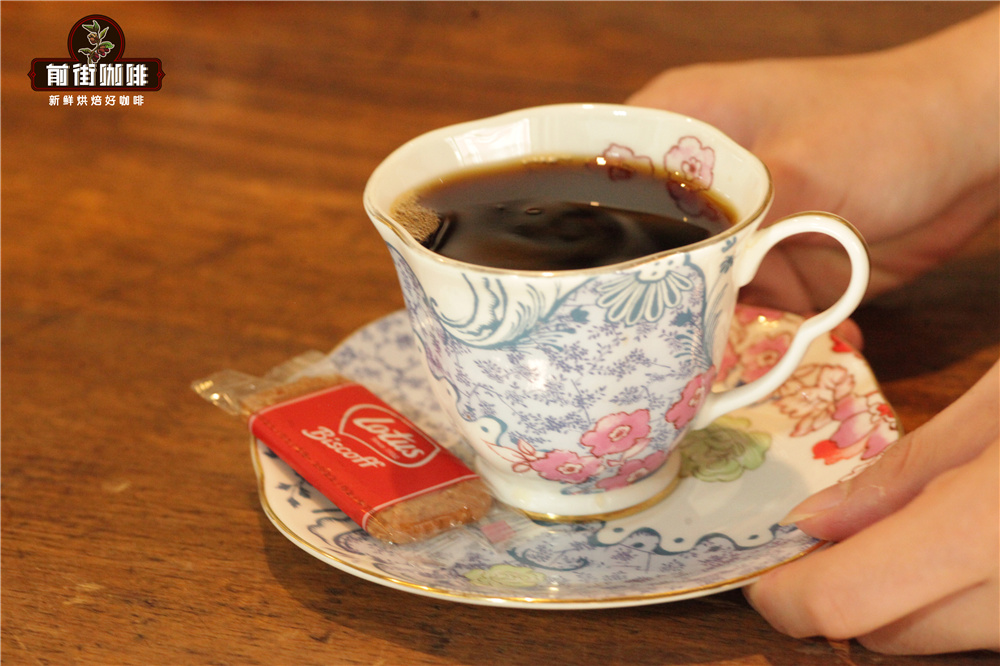
Suggestions for making coffee in front of the street:
For the brewing of coffee, Qianjie has always believed that the freshness of coffee beans has a great relationship with the flavor of coffee, so the coffee beans shipped in Qianjie coffee are roasted within 5 days. The purpose of Qianjie roasting is "freshly roasted coffee", so that every guest who places an order is the freshest coffee when he receives it. The bean cultivation period of coffee is about 4-7 days, so when the guest gets it, it is the time when the flavor is the best.
For those who need to be ground, Qianjie warmly reminds you that if the coffee beans are ground in advance, there is no need to raise the beans, because in the process of transportation, the pressure caused by carbon dioxide in the package can also make the coffee flavor round. so you can drink a cup of coffee as soon as you receive the coffee powder. But the coffee powder needs to be brewed in time, because the coffee powder oxidizes more quickly after contact with the air, that is to say, the flavor of the coffee will dissipate more quickly, and the flavor of the coffee is not so good. Therefore, Qianjie suggests buying whole beans, grinding and flushing now, so that we can better taste the flavor of coffee.
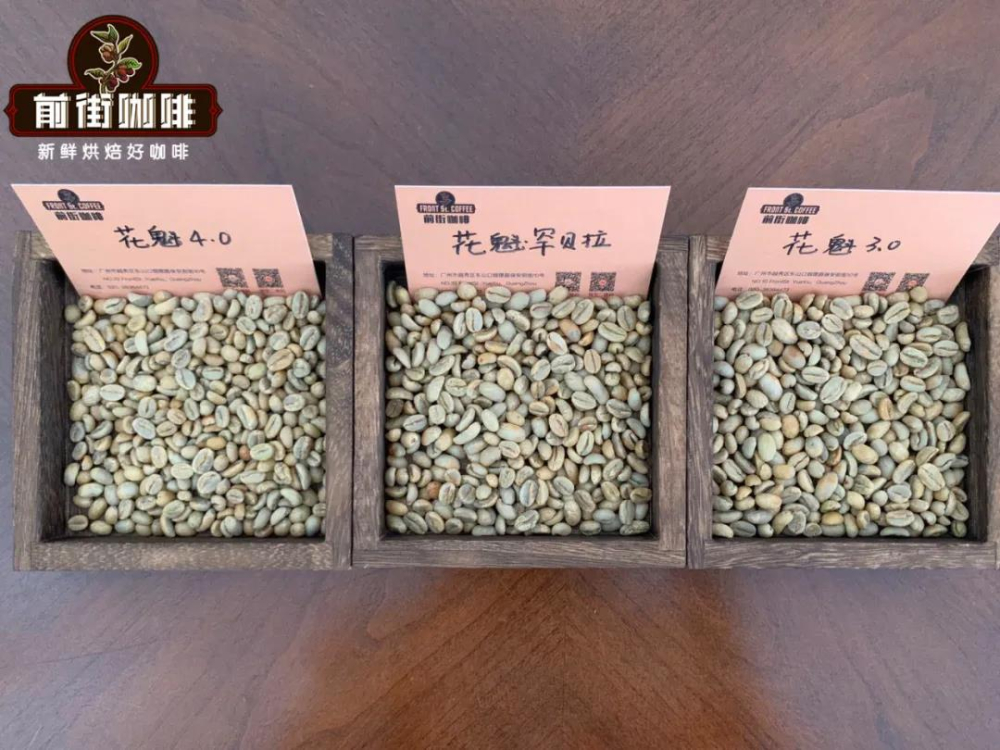
On the front street, there are also individual coffee from different producing areas of Ethiopia, such as Cochel of Yega Sheffield, Chaka of Yejasuefei, Red Cherry of Yega Xuefei, Sidamo Sakuran, Red Standard of Rose Xia Village, Golden Standard of Rose Xia Village, and so on. You can experience the coffee flavor of different producing areas.
Professional coffee knowledge exchange more coffee bean information please follow the coffee workshop (Wechat official account cafe_style)
For more boutique coffee beans, please add private Qianjie coffee on Wechat. WeChat account: qjcoffeex
Important Notice :
前街咖啡 FrontStreet Coffee has moved to new addredd:
FrontStreet Coffee Address: 315,Donghua East Road,GuangZhou
Tel:020 38364473
- Prev
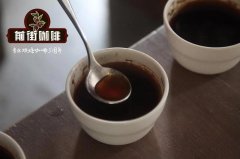
Darsimo Sakui Coffee beans introduce Sakui Coffee is good? what's the flavor?
Professional coffee knowledge exchange more coffee bean information please follow the coffee workshop (Wechat official account cafe_style) Qianjie introduction: Sakui Coffee Ethiopia Guji Guji producing area Hambella Wamena Humbera area buku able Buku Agboola Manor introduction only the sun-cured coffee beans produced by Buku Abel in Hambella producing area is the real Sakuran. Hambella (
- Next

Espresso Coffee Espresso Coffee
Professional coffee knowledge exchange More coffee bean information Please pay attention to coffee workshop (Weixin Official Accounts cafe_style). While the brewing time for a cup of espresso is generally 22 seconds, the actual time you take to complete a perfect espresso may vary depending on certain factors. The most important thing is to end the extraction process at the right time.
Related
- Beginners will see the "Coffee pull flower" guide!
- What is the difference between ice blog purified milk and ordinary milk coffee?
- Why is the Philippines the largest producer of crops in Liberia?
- For coffee extraction, should the fine powder be retained?
- How does extracted espresso fill pressed powder? How much strength does it take to press the powder?
- How to make jasmine cold extract coffee? Is the jasmine + latte good?
- Will this little toy really make the coffee taste better? How does Lily Drip affect coffee extraction?
- Will the action of slapping the filter cup also affect coffee extraction?
- What's the difference between powder-to-water ratio and powder-to-liquid ratio?
- What is the Ethiopian local species? What does it have to do with Heirloom native species?

